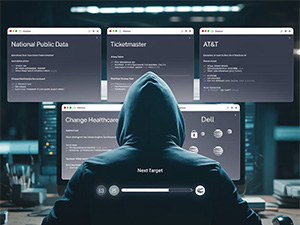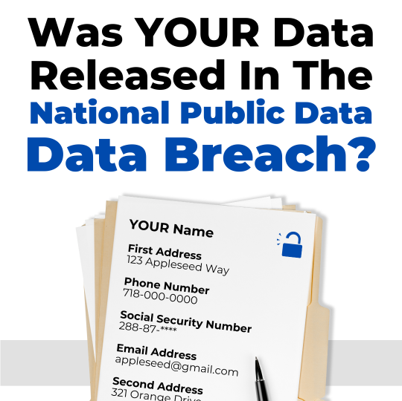
AI: Can you avoid the risks it carries?
Are there risks to AI? Absolutely! There are end-of-the-world predictions about the use of AI. For a business, many of the risks are a bit less extreme, but they are also very real. For example, in the area of content creation. There are a variety of risks that you open yourself up to. One of the key ones is the trustworthiness of the content created. You expect generative AI to create an accurate explanation or description of a topic, event, thing, or idea, However, can you, in fact, completely rely on that? The answer is probably a qualified no. The level of “qualified” depends on a variety of factors. Your AI generated content is only as good as its sources, and that can create real questions for readers. Also, an organization using AI to create any type of video, text, image, or audio content needs to be concerned that it may include proprietary information that you need permission to use. This means material created by generative AI could suddenly veer off into copyright infringement.
AI is also being used in areas such as recruitment. However, there has been research suggesting that bias can sneak into AI decisions as a result of the source data the tools are using. Bias is a concern not limited to the one example of recruitment. It can have consequences in areas where AI is making marketing decisions, and can taint medical and legal recommendations AI might provide. As a result, AI cannot go “unmonitored.” Review by humans and other tools is a best practice that is needed to improve accuracy and trustworthiness. This, in turn, may cut into the efficiencies that are perceived to be created by AI. Also, a lot of AI–Chat GPT to just take one example–isn’t going to necessarily incorporate consideration of regulation and compliance requirements. Many countries, individual States in the US, and US federal agencies are implementing data security regulations that are designed to protect the Personal Information of individuals. In many cases violations include civil penalties. In the case of the European Union’s General Data Protection Regulation, fines are significant.

Finally, if you are considering stepping into AI, your MSP can provide guidance. Our recent list bears repeating: Eight ways an MSP can help you approach an AI solution.
Step one: Assess potential uses of AI. Your MSP should have a solid understanding of your entire business and how AI might contribute. They can help you start with small steps and move from there.
Step two: Understand your KPIs and organizational goals, from the top down. Before jumping off and adopting AI just because it is there, evaluate your KPI’s. Where do you perceive you need a boost?
Step three: Propose a possible range of AI solutions. An MSP will be knowledgeable about the variety of applications out there and lead you to select those most appropriate for your goals. Remember, they should be directed toward assisting KPI improvement.

Step four: Estimate the solution’s ROI. Remember, measurement is important. And you can not do everything. So identify each potential AI solution’s ROI. As mentioned above, AI isn’t just a trendy tool to adopt just “because.”
Step five: Ensure compliance: For example HIPAA, PCI. HITRUST. ISO27001, SOC1, SOC2 or similar legal and industrial standards. AI is a powerful and potentially intrusive tool. Compliance is critical.
Step six: Implement the solution. An MSP can implement the solution for you. Most business owners do not have the resources available for what can be a time-intensive project.
Step seven : Manage tool-related risks. As noted, there are best practices available. Monitor to ensure your outcomes with AI are accurate, trustworthy, defensible, transparent and meet regulations.

















